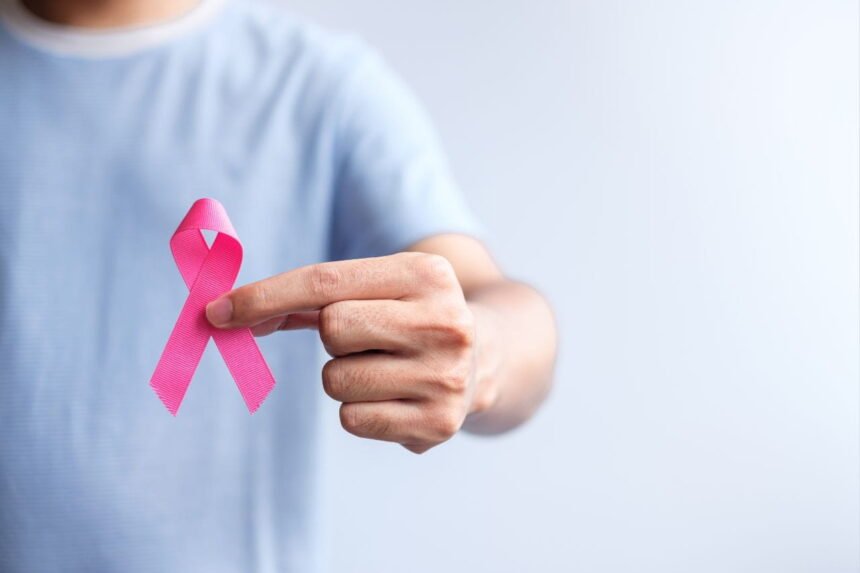Receiving a breast cancer diagnosis is a life-changing event, a seismic happening impacting all aspects of one’s life. It can appear as though you have been put on a prearranged route with limited room for variation in the initial rush of appointments, inspections, and overpowering feelings. But proactive, ongoing knowledge is among the most effective weapons a patient may use on this trip. True breast cancer awareness is a continuous, active interaction with the whole range of medical possibilities rather than merely acknowledging the need for mammograms.
Beyond the first diagnosis: Accepting Your Role as an Advocate
From the instant the term breast cancer reaches your ears, the medical machine starts moving quickly. Though confidence in your oncology team is of utmost importance, blind passivity is not. Understanding the exact character of your diagnosis is your first and most important step. Not all breast tumors are identical. Is it HER2-positive? Is it hormone receptor-positive? What is the grade and stage? These are the strategies controlling the battlefield, not only medical jargon.
Get ready with this information. Request copies of your pathology reports. Appointments should include a notebook; note every inquiry, no matter how little it sounds. Doctors appreciate patients who are involved in their treatment planning since a partner in your care is an informed one. This fundamental understanding serves as the base for every choice made going forward.
The Changing Terrain of Breast Cancer Management
The days when a breast cancer diagnosis called for a one-size-fits-all strategy of surgery, chemotherapy, and radiation are gone. Offering a more customized and focused armament than ever before, oncology is in a constant state of revolution. From lumpectomies to several mastectomy methods, including skin-sparing and nipple-sparing surgeries that can considerably affect cosmetic results and emotional well-being, surgical choices themselves have grown.
The choices on the pharmaceutical front abound. A number of endocrine treatments can block or reduce oestrogen to stop cancer from returning in hormone-sensitive cancers. Targeted treatments for HER2-positive malignancies particularly target the HER2 protein on tumor cells, therefore sparing normal cells and greatly enhancing results. For some kinds of breast cancer, immunotherapy—which uses the body’s own immune system to combat cancer—is producing encouraging results. Different medications and schedules can be customized to a patient’s health and the characteristics of the cancer even within chemotherapy.
Treatment and Recovery Rely Critically on Fitness Routines
One should not ignore the great influence of lifestyle, especially physical activity, as one negotiates the complicated world of medical therapies. Including regular fitness routines in your life after a diagnosis is not about reaching maximum athletic performance; rather, it is a strong complement to treatment with scientifically proven advantages.
Moderate exercise has been shown to fight the paralyzing exhaustion that sometimes follows chemotherapy and other therapies during active treatment. It may assist in controlling stress, uplift mood by endorphin release, and sustain muscle mass and cardiovascular health, thereby increasing bodily resistance to treatment demands.
The need of exercise regimens only gets greater after treatment. For survivors, particularly for hormone-receptor-positive breast cancers, consistent exercise is strongly related to a lower incidence of cancer reoccurrence. Exercise helps control hormones, including insulin and estrogen, therefore powering some types of cancer development. Additionally, assisting with weight control, another key element, helps to lower the risk of recurrence brought on by greater body fat percentages.
Dealing with Side Effects and Assessing Quality of Life
Every breast cancer treatment has a constellation of possible side effects. Awareness here is about actively controlling rather than just tolerating the issues. There are treatments for the hot flashes and joint pain related to hormone treatment, ranging from acupuncture and some drugs to dietary changes. For neuropathy, some chemotherapies cause issues; medicines and physical treatments can assist. Equally important is mental health.
Many people who have anxiety, depression, and chemo brain find their symptoms real and acceptable their symptoms. Finding help from a therapist who works in oncology, becoming a part of a support group, or engaging in meditation and mindfulness can be life-changing. Being conscious means having honest talks with your care team about your quality of life and requesting integrated care that tackles not only the disease but also the whole person.
The Lifelong Path of Surveillance and Survivorship
Though it is not the final leg of the path, completing strong therapy is a remarkable achievement. The survival phase necessitates a different kind of awareness: one of ongoing alertness and long-range health planning. Following your oncologist’s recommendations on routine follow-up visits, checks, and testing is part of this.
Cutting-edge medical therapies and the fundamental force of regular fitness routines are examples of all facets of health that are integrated to create a path. It’s about flourishing with resiliency and aim rather than merely surviving.
Visit here for further information and resources on wellness and health-related subjects.














